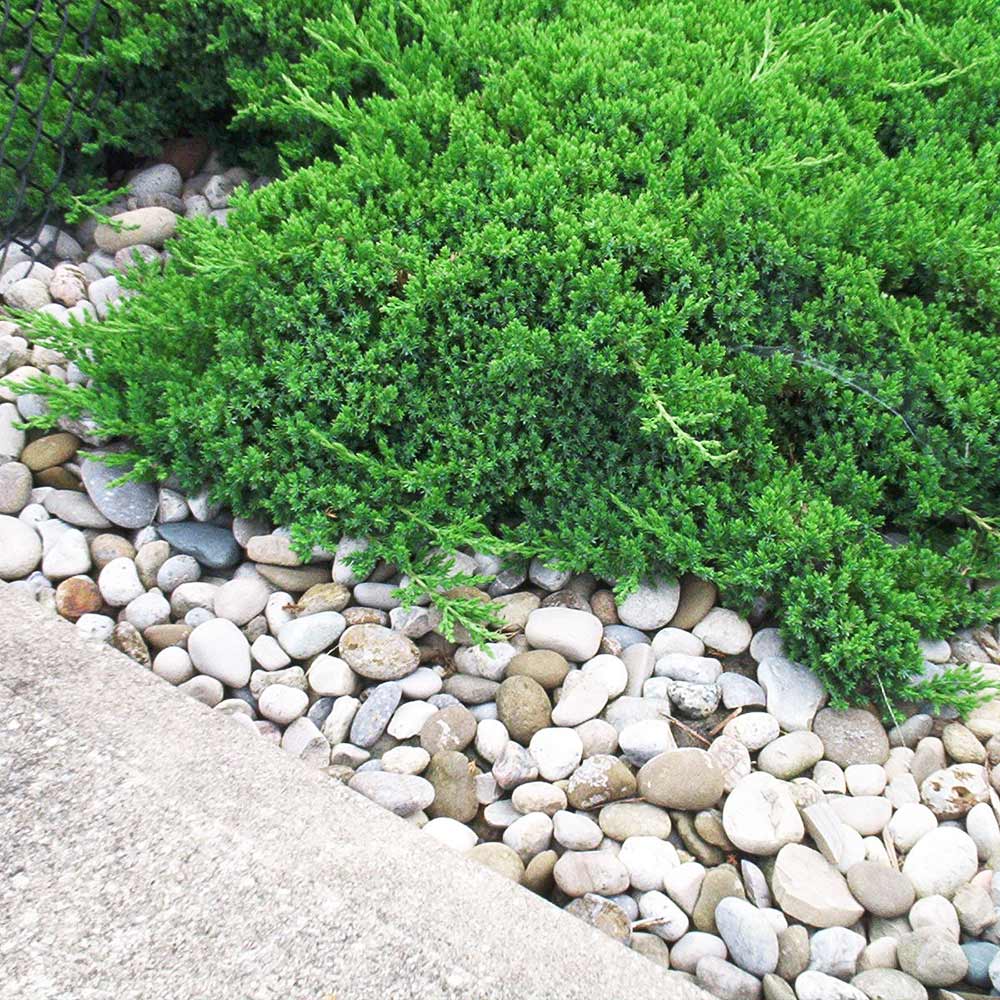Dense Juniper For Year-Round Groundcover
Why Parson’s Juniper?
This easy-to-maintain shrub boasts a beautiful look in a hardy form - great for year-round groundcover at the perfect height! Its dense, low-growing, evergreen nature is well-suited to a myriad of landscapes.
Our Parson’s Juniper grows quickly to 2-3 feet tall by 6 feet wide in full to partial sun. The lush foliage is a silvery blue-green that compliments landscape walls, containers, or rock gardens. It’s also ideal for eliminating soil erosion, adding texture and charm that's sure to be admired!
The best part? This shrub is deer, drought, and salt spray tolerant - not to mention, pest and disease resistant - making it a resilient and effortless option for any garden.
Why FastGrowingTrees.com is Better
When you buy your Parson’s Juniper from us, you can rest assured that your shrub has a superior root system in place before it arrives at your door. This means less effort for you - so you can enjoy your Juniper faster and longer compared to other varieties at local big box stores
Ready to kick your landscape plan up a notch? Purchase your Parson's Juniper, today!
Planting & Care
1. Planting: Choose a location with full sun (6 to 8 hours of sun per day) and ideally well-drained soil. However, this Juniper shrub is highly adaptable, drought resistant and easy-to-grow in most soil types.
When it’s time to plant your shrub, start by digging a hole that’s at least twice the width of the root ball. After placing your shrub in its hole, backfill the soil, tamp down, and water to establish the root system.
If you're container planting, select a pot that's twice the width of your shrub's shipped container and ensure it has drainage holes. Use organic soil mix, place your shrub, and put the pot in a sunny location on your porch or patio.
2. Watering: Water your new shrub regularly and deeply during its first growing season to help it establish – weekly, or more often during extreme heat. Once your shrub has acclimated to your landscape, you can reduce your watering frequency. If you’re not sure when to water, simply check the soil – if it’s dry down to around 2 inches, it’s time to water.
3. Fertilizing: You can fertilize your plant in the late winter or early spring during its first year - a general 10-10-10 fertilizer is the ideal option to use. Once established, you won’t need regular fertilization.
4. Pruning: Since it has slow growth, you will hardly need to prune your shrub. However, you can prune as needed to shape for your landscape or garden setting.





Comment